Türkiye: No You Can't Go Back
In the midst of chaos, beauty, history, music, and flavors of Türkiye.
Dear readers and friends,
As my regular readers know, Wanderlife isn’t a political newsletter, so I’m not inclined to start down that road today. But friends, these are chaotic and troubling times. Whatever your practice for finding and connecting with beauty and truth, now is what we’ve been practicing for. As my yoga teacher and dear friend
wisely said recently, “We’ll resource our resilience together.”In that spirit, I’ll share that I have been thinking about general systems collapse. I didn’t know that was actually the name of a theory, but while listening to the audible version of Sally Rooney’s Beautiful World, Where Are You, (perfectly read by Aoife McMahon), I got a quick summary.
One of the main characters is fascinated by a shipwreck discovered off the coast of Turkey in the 1980s. Though the book is a work of fiction, this really happened. The ship and its contents dated from what’s called the late Bronze Era (1500 BC), when the Mediterranean region, which includes the current country of Türkiye, was connected to the wide world by sophisticated trade routes. Foods, luxury goods, and ideas were moving across huge distances. There was extreme wealth and power centralized in ways that controlled the systems.
Then around 1225 BC or so, civilization collapsed. General systems collapse theory suggests that the critical flaws of the late Bronze Age were centralization, specialization, complexity, and top-heavy political structure. The great cities of the entire region were destroyed or abandoned. Written languages that had flourished were lost and literacy all but died.
“I think this puts our present civilization in a kind of ominous light, don’t you?” the narrator in Sally Rooney’s novel asks. She says she had never really thought about it as a possibility before. “Imagine having to find out in real life” what that’s like, she wonders.
🎶 That’s Nobody’s Business but the Turks 🎶
Many of you know that my family started cooking Doll Collection Dinners over two and a half years ago and have cooked twenty-five meals from twenty-five different countries. With two active teenage kids and two working parents, daily life is very full. It’s not always easy to find a window of time when we can experiment in the kitchen and enjoy a menu that takes multiple steps. So for the past few weeks, we’ve been flipping through a huge library book, called simply The Turkish Cookbook, and planning. This family cooking adventure is one of the ways I remember the beauty of the world and enjoy simple yet deliberate pursuits with my family.
When we got to the doll from Turkey, I knew what I wanted to make — something dubbed the Turkish bagel. In my early twenties, I got to spend a few days in Istanbul and I haven’t forgotten the food and, in particular, a ring of bread the size of your hand called simit. Piles of the twisted, sesame-covered baked goods were sold from wooden carts on street corners. I ate many of the cheap treats in the busy area around the hostel where I stayed.
The hostel itself was not memorable, but it was near enough to the Blue Mosque that the calls to prayer were loud and potent. The eery wail projected from modern loud speakers and ricocheted over old stone streets like waves. These vibrations have shaped the landscape since the Ottoman Empire.
Visitors to Istanbul these days navigate the ancient modern city at the crossroads between Asia and Europe along with about fifteen million inhabitants. It is one of the world’s most strategic locations — a peninsula called Anatolia, or Asia Minor, that is largely bordered by the Mediterranean and Black Seas and literally connected to both Europe and Asia. Just across the water to the south is Africa.
A few years before I went to Türkiye’s largest city, a band called They Might Be Giants made a song famous, at least among GenXers, that was written on the 500th anniversary of the fall of Constantinople to the Turks.
The song oversimplifies a time in history that impacted the whole world: When the city of Constantinople was overtaken by the Ottoman Empire under the rule of Sultan Mehmed II. That was in 1453, long after the fall of the late Bronze Age civilizations, and is another story of unimaginable change for people who, like most of us busy with daily life, probably felt secure in their routines and traditions. Before being renamed Istanbul, the city had been the seat of the Byzantine Empire for over a thousand years. It was a major Roman metropolis with public forums, shopping streets, apartment blocks, aqueducts supplying the city with water, as well as some of the most advanced defensive systems in the world at the time.
🎶 Why did Constantinople get the works? That’s nobody’s business but the Turks. No you can’t go back to Constantinople. 🎶
The “Turks” is code for Muslim. Türkiye Cumhuriyeti, or the Republic of Türkiye, has been inhabited by humans for a very long time — since the Paleolithic period. Today, 99.8% of the population is officially Muslim. The Blue Mosque was completed in 1617 and continues to be an architectural marvel and functional mosque.
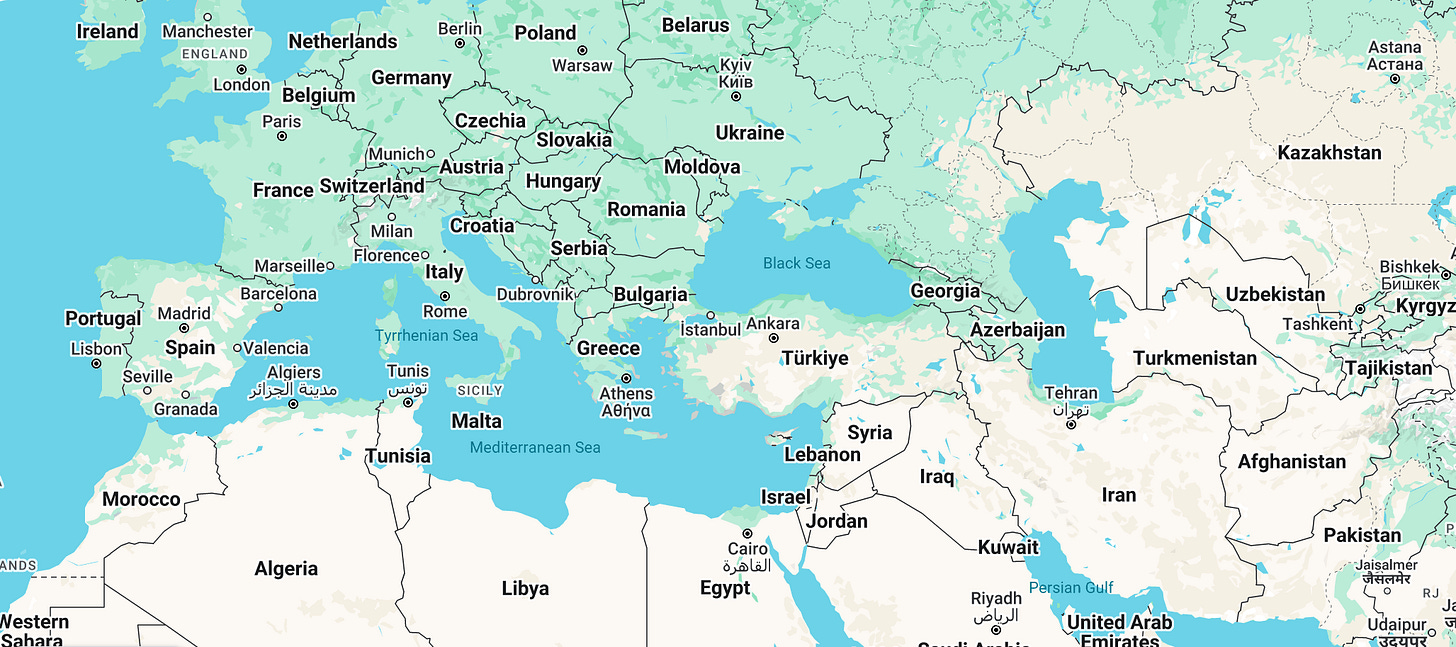
“Food has geography not nationality.” - Musa Dağdeviren
The big book of recipes we checked out from the library was written by Musa Dağdeviren to document and celebrate the flavors, ingredients, techniques, and ever-evolving culinary interactions that make up the complexity of Turkish cuisine. It’s an overwhelming book. The more than 500 pages of recipes are meant as “a culinary introduction to Turkish culture and it’s regional variations.”
The collection includes a simple recipe for simit — an easy dough that we shaped then dipped in a bath of milk, clotted cream, and sesame seeds. Of course, they were not nearly as good the ones bought from street vendors after emerging from a Turkish bath, but it was a fun bake.
The dish I want to share and recommend here is a pilaf made with almonds and apricots and lots of butter, then stuffed inside a chicken and baked to rich, delicious perfection.
Tavuk Dolmasi
A delicious pilaf recipe from The Turkish Cookbook by Musa Dağdeviren
Ingredients for the stuffing:
1 cup rice
1/4 tsp salt and 4 cups hot water
2/3 stick butter
a small onion thinly sliced
1/2 cup skinned almonds
1/4 tsp cinnamon
1/4 tsp ground cardamom
1/8 tsp black pepper
1/4 tsp salt
1 cup dried apricots, chopped
4 oz chestnuts
Start by soaking the rice in hot water with 1/4 tsp salt for ten minutes, then drain and rinse the rice.
Heat the butter over medium heat and sauté the onions for a few minutes. Lower the heat and add the rice and almonds. Stir continuously for about seven minutes. Then add two cups of hot water with the spices and cook covered for ten minutes. Take it off the heat and let it rest for ten minutes before stirring in the apricots. The recipe also says to add four ounces of chestnuts at this point, but I didn’t have any to add.
Stuff a chicken and roast as you normally would!
*If you aren’t going to put the rice inside a bird to cook for an hour, I’d suggest using two cups of chicken broth instead of water to cook the rice.
Afiyet olsun! Enjoy!
Thank you
“Almost overnight, the streets glow with meaning. She reads inscriptions on coins, on cornerstones and tombstones, on lead seals and buttress piers and marble plaques embedded into the defensive walls—each twisting lane of the city a great battered manuscript in its own right.”
― Anthony Doerr, Cloud Cuckoo Land
Perspective is everything. I know only a few truths: I have had a very lucky birth and have had the profound privilege to both travel and make a home. I have found beauty in every place, goodness in every people, marvels in every culture, and mystery in every history I’ve read or experienced. I will keep writing this newsletter to liberate my spirit and light up my brain — and I hope it offers you a few sparks, too.
“Leave home, leave the country, leave the familiar. Only then can routine experience—buying bread, eating vegetables, even saying hello—become new all over again.”
― Anthony Doerr
Keep wandering,


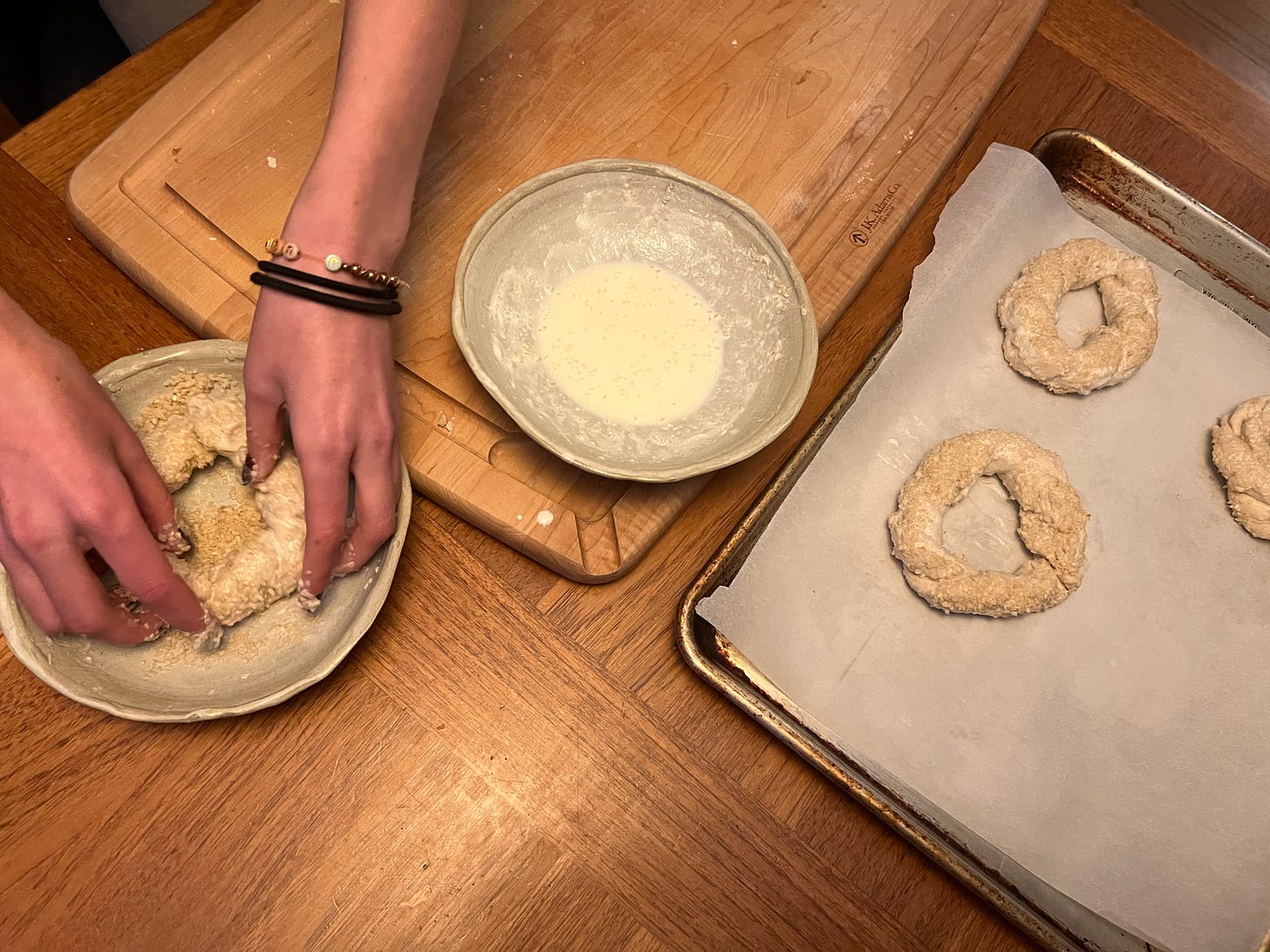
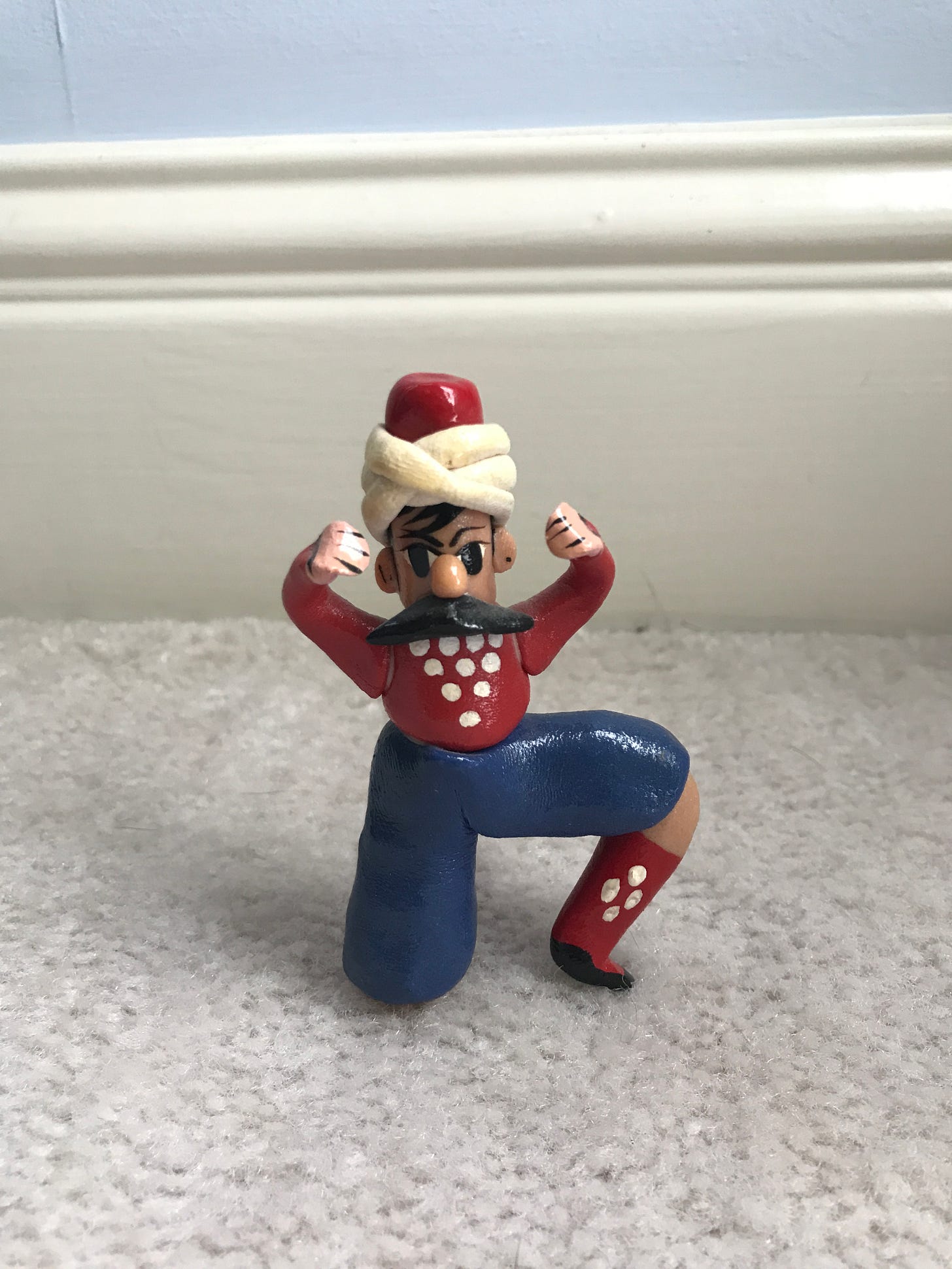




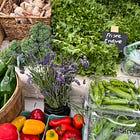
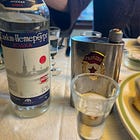
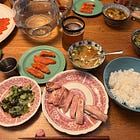
Chaos calls to remind
of long distant shores
where peace laps gently on
settled sands, forgotten lore
Wonderful piece. Wowza what a recipe!! I’m absolutely drooling. I’m in London for work and coincidentally just had my first Turkish bagel. These are the ones they hang on bicycle handles with the holes, right?